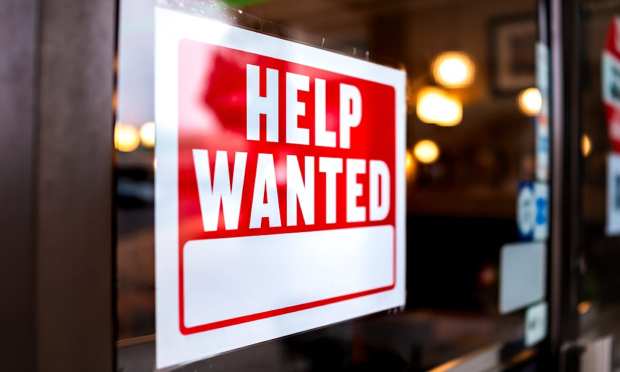Omicron Threatens to Extend Retailers’ Labor, Supply Chain Woes

With U.S. inflation above 6% and the new COVID-19 omicron variant quickly emerging across the world, retailers are bracing for the possibility that supply chain disruptions and labor shortages could extend well into 2022 and are looking for ways to dampen the impact.
Federal Reserve Chairman Jerome Powell, in remarks released Monday (Nov. 29), said the recent rise of COVID-19 cases and the emergence of the new variant “pose downside risks to employment and economic activity and increased uncertainty for inflation.”
“Greater concerns about the virus could reduce people’s willingness to work in person, which would slow progress in the labor market and intensify supply-chain disruptions,” Powell added.
See: US Inflation Rate Surges Past 6%, Highest Since 1990
Even before last week’s declaration from the World Health Organization that omicron is a “variant of concern,” retail executives were warning analysts that the future remains uncertain. Nike, which has been plagued by weeks of lost production because of pandemic-related factory closures in Vietnam, said in September that COVID-19 would likely continue to impact the company through the middle of 2022; and Macy’s CEO Jeff Gennette said earlier this month that supply chain issues are expected to continue into 2022 and tourism levels likely won’t return to 2019 levels until at least 2023.
Related: Factory Closures Cause 10-Plus Weeks of Lost Production for Nike
And: Macy’s Follows Amazon, Walmart in Development of Digital Marketplace
Many other companies have declined to provide analysts with expectations or projections for the coming year because of the changing dynamics.
Utilizing AI and Data
Amid these myriad issues,
Matt Pavich, senior director of retail innovation at Austin-based price optimization solutions company, Revionics, an Aptos Company, told PYMNTS in an interview that merchants have to be cautious about price increases and promotional activity in order to balance consumer demand with supply.
“One size fits all everywhere is not going to cut it. … Consumers have different elasticities in different markets,” Pavich said.
Instead, he said, retailers need to be “comfortable with some risk,” potentially raising prices on items that sell well but are in short supply and lowering prices on comparable items to drive demand there instead.
“There’s so many things you can do to take this challenge and turn it into an opportunity, but you have to be willing to not do what you’ve always done,” Pavich said. “You have to be willing to take some risks and you have to be willing to trust the data, listen to your consumers and really have a strategy and not a collection of tactics that don’t amount to anything.”
See also: Retailers Turn To AI To Cope With Inflation
For example, by using artificial intelligence (AI) and price optimization software, retailers will be able to monitor how pricing, worker availability and supply of products interact in order to find the right balance between the three.
“At the end of the day, just too many factors are hitting at once and it needs to be a strategic picture and a strategic decision,” Pavich said. “A company that has 60 individual merchant decisions is not going to lead to a great outcome.”
Read more: Revionics’ AI Tools Help Retailers ‘Win The War On Price’
